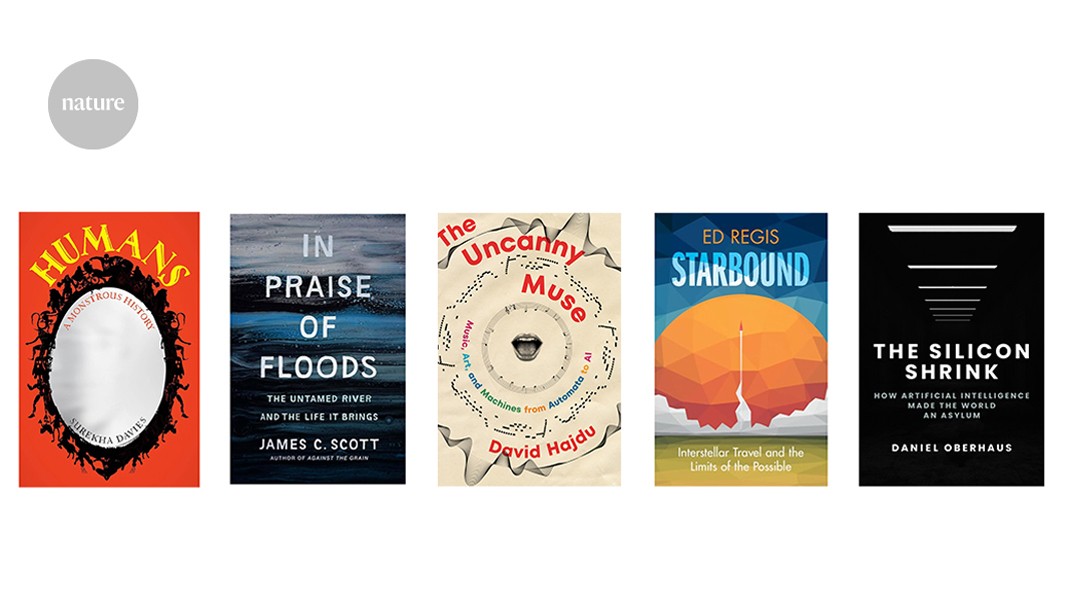
"The Nazis who organized the Holocaust in the 1940s were human monsters. They join numerous fictional part-human, part-monster characters in a history through monsters."
"Around one-twelfth of US children use psychiatric drugs - yet, in the past decade, the adolescent suicide rate has increased by nearly 50%."
"In ancient China, one emperor enjoyed a mechanical orchestra. By the 1960s, the Moog synthesizer could generate music electronically, and today, AI creates complex art."
"Using machinery does not threaten the authenticity of the work, according to art and cultural critic David Hadju, who surveys a rich history of art creation."
Surekha Davies's work explores the concept of monsters as representations of humanity's darker sides. She draws parallels between historical horrors, such as the Nazis' Holocaust, and fictional monsters from literature and film, reflecting how these figures serve as lenses to examine our own natures. Daniel Oberhaus highlights a troubling trend in psychiatric treatment, asserting that the rise in adolescent suicides despite increased drug use underscores a deeper systemic issue within mental health diagnosis and care. David Hadju takes readers through the history of art creation, noting that technological advancements, including artificial intelligence, do not detract from artistic authenticity, but instead shape evolving definitions of art.
Read at Nature
Unable to calculate read time
Collection
[
|
...
]